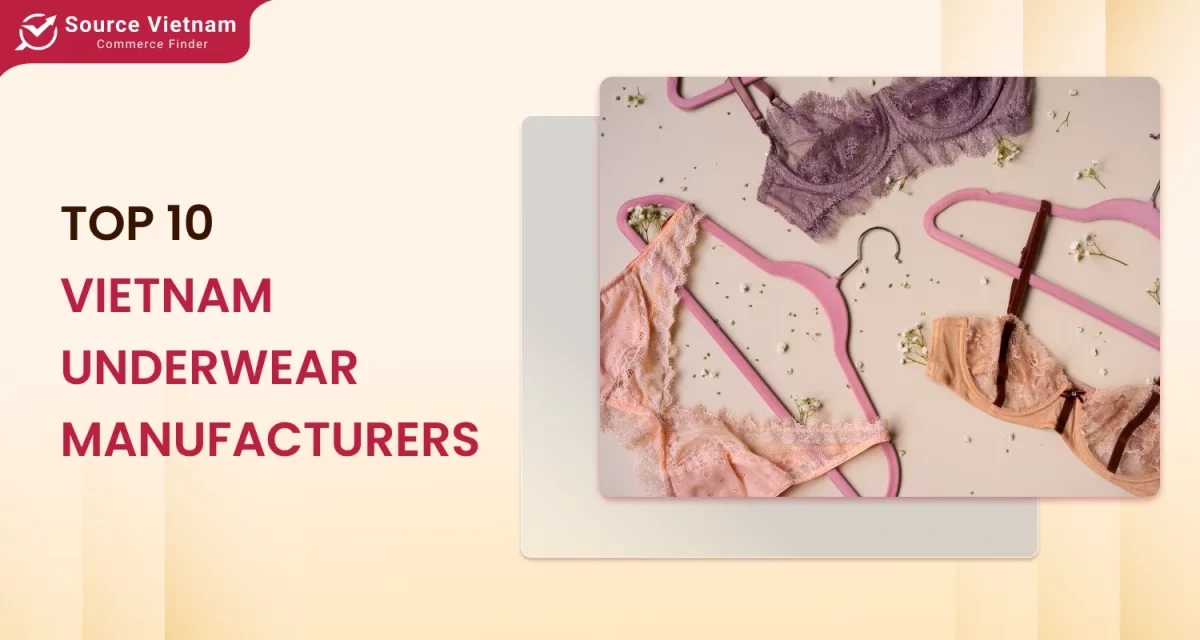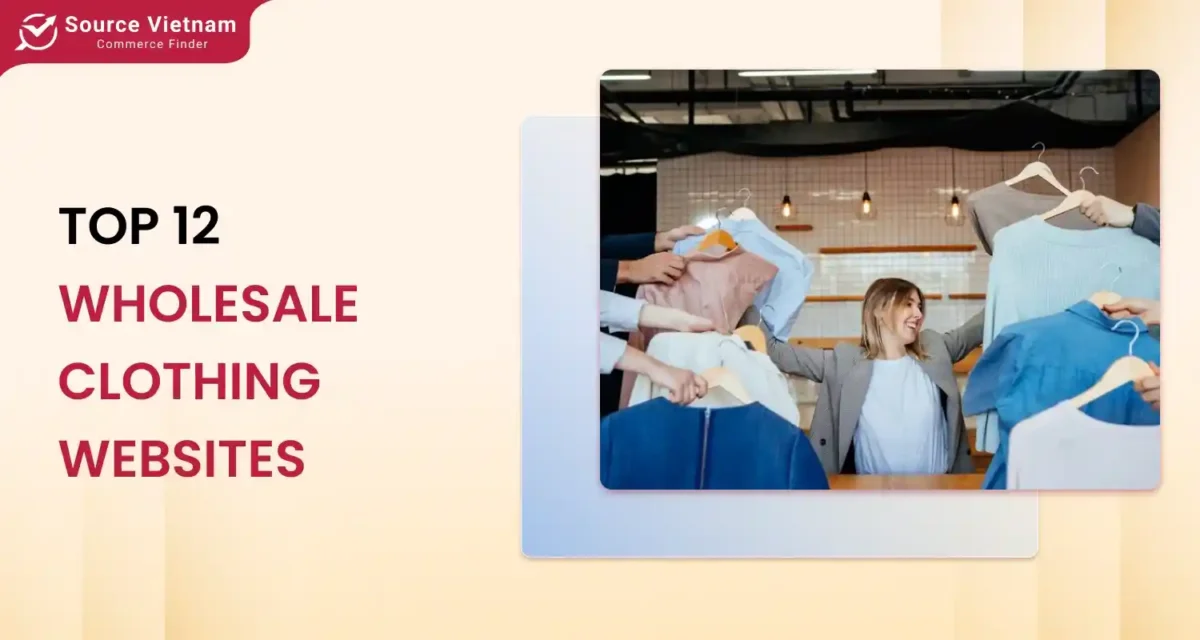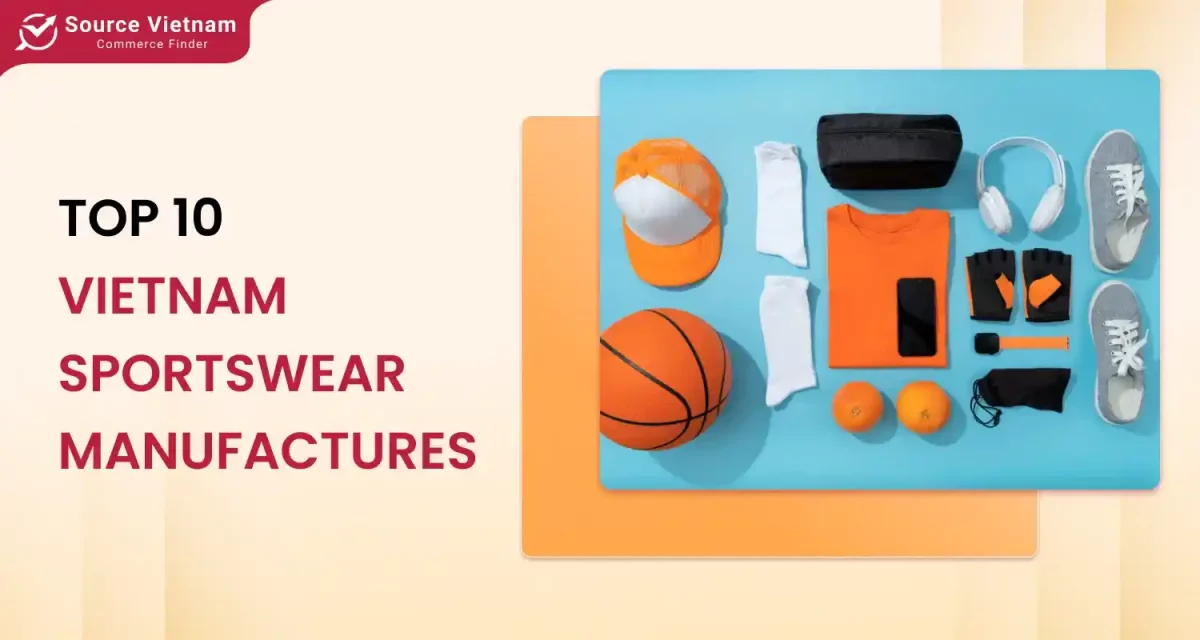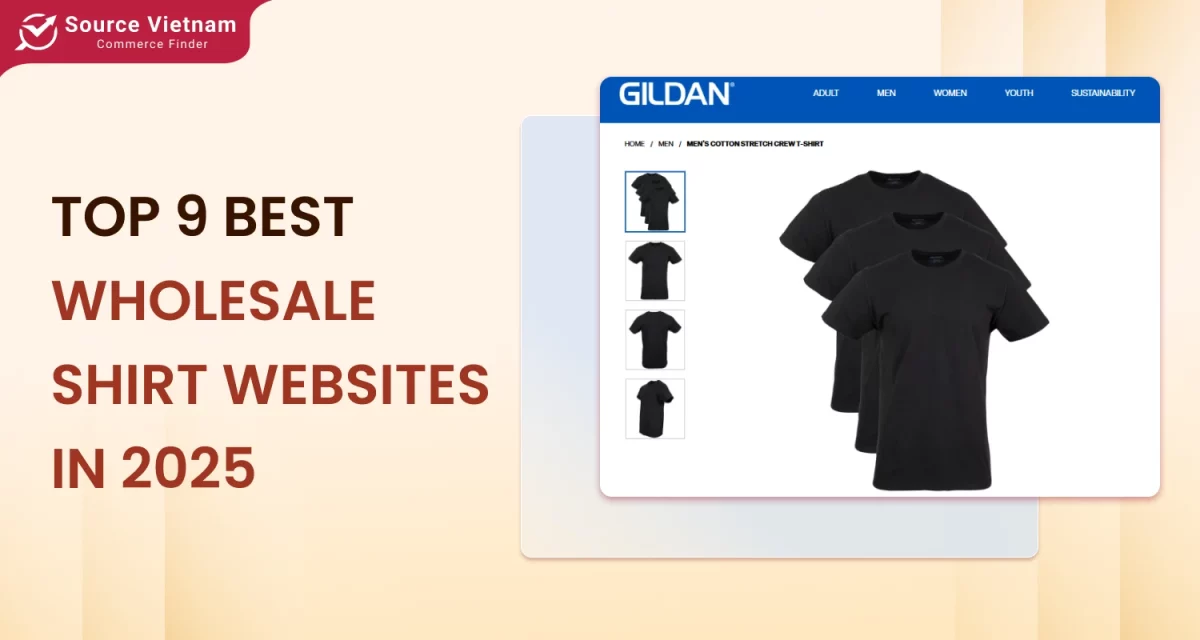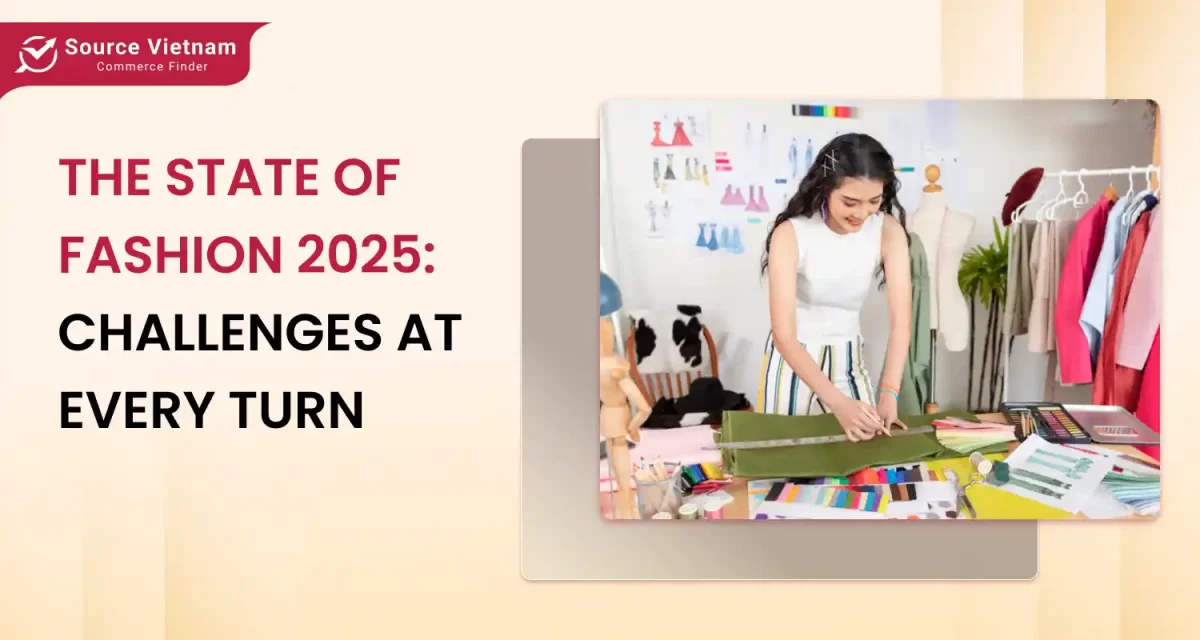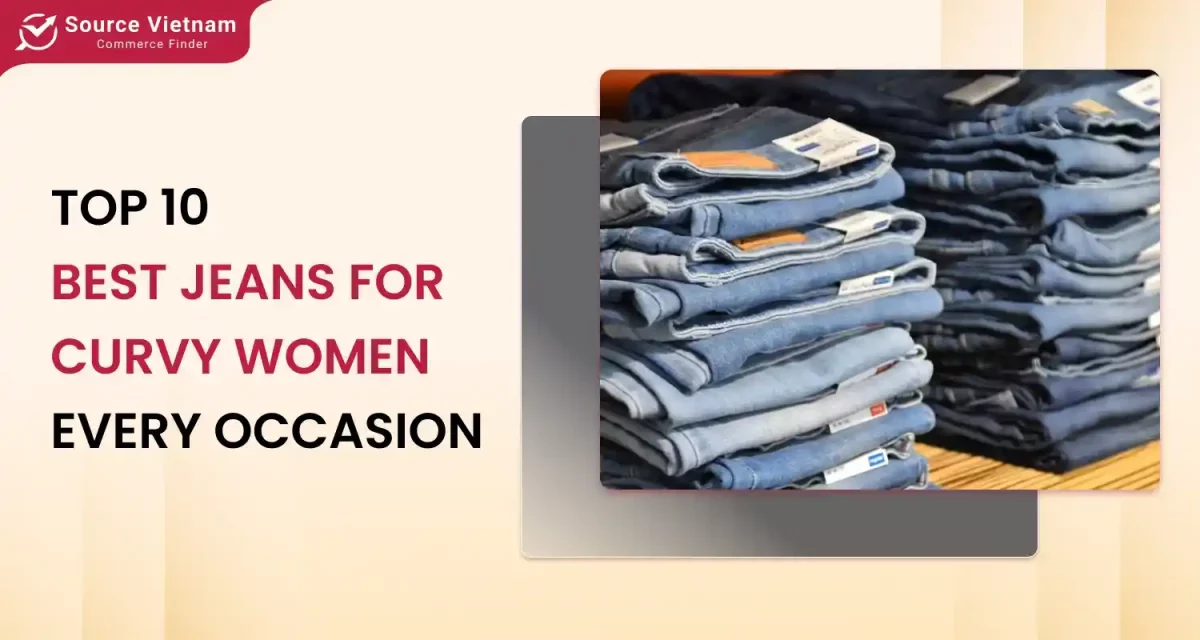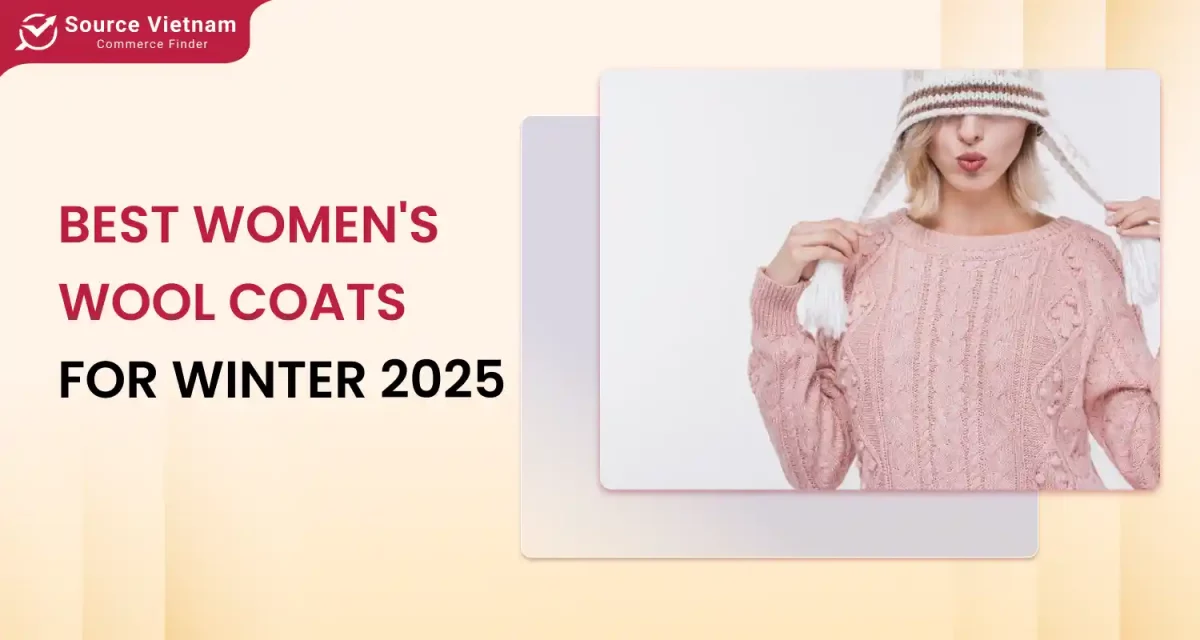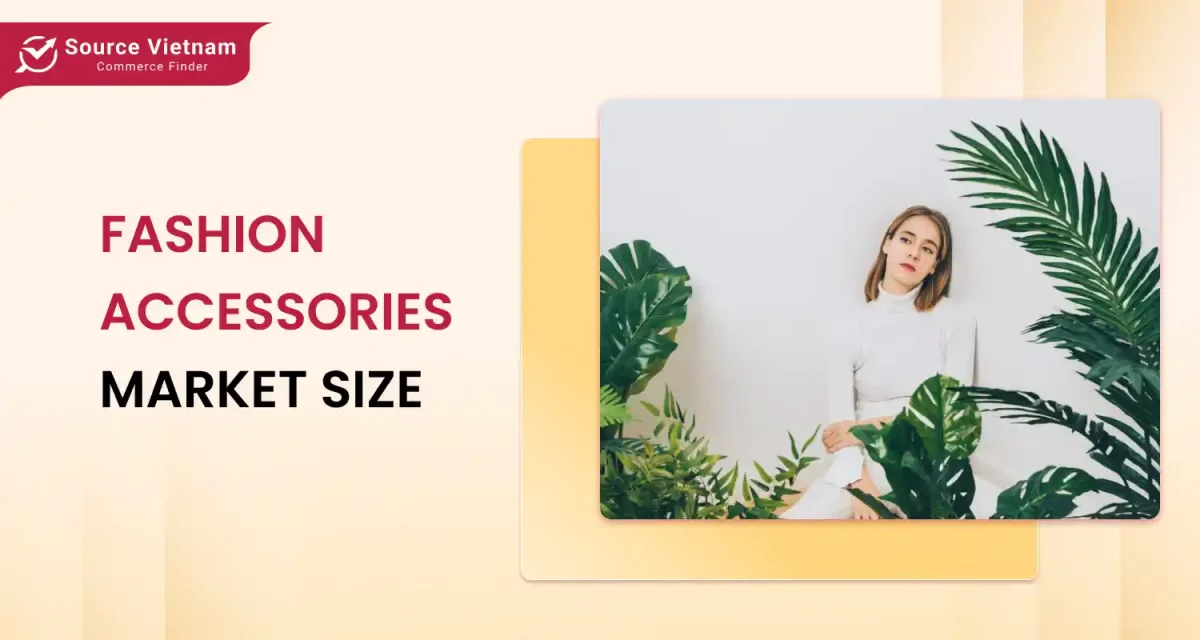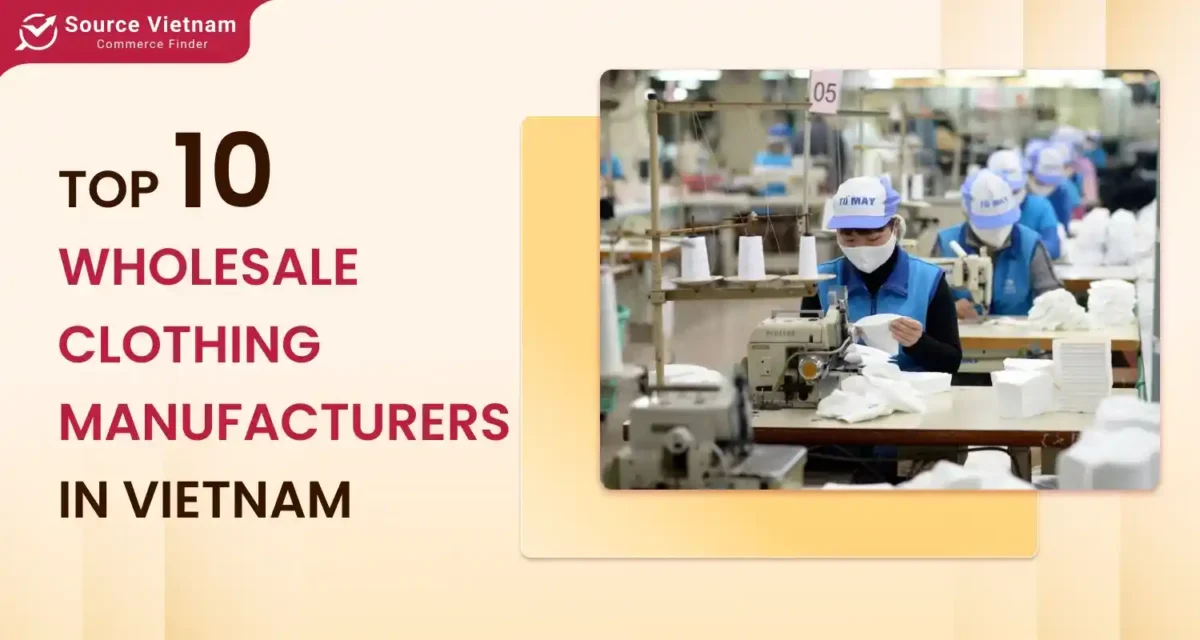Insight:
- The European fashion accessories market is expected to grow at a CAGR of 11.5%, driven by eco-fashion and premiumization trends.
- In 2020, 46.6 million people in Great Britain used the internet daily, fueling online shopping growth across Europe.
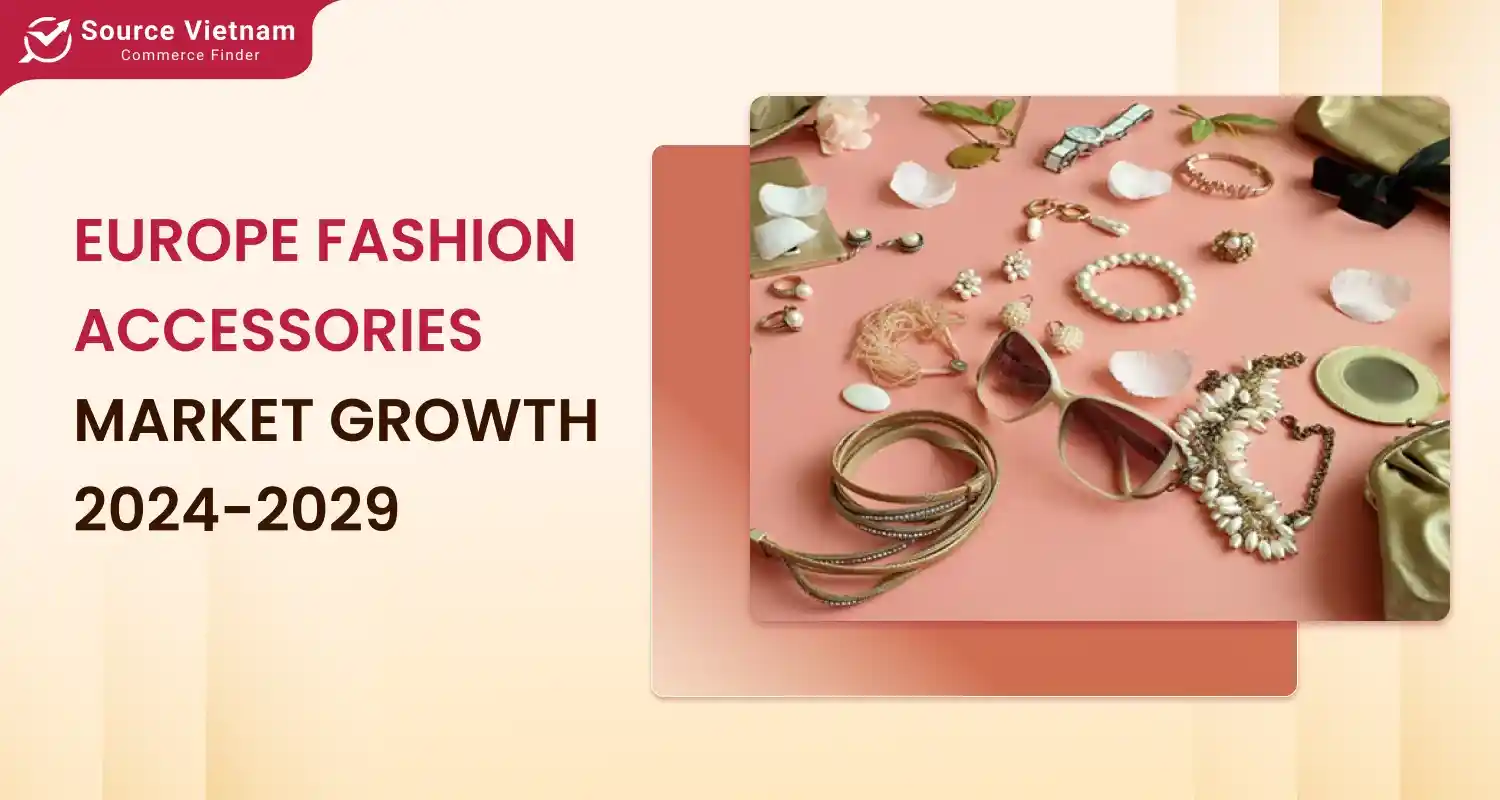
Market overview
According to estimates, the European fashion accessories market is estimated to exhibit a positive growth pattern, progressing effortlessly at a CAGR of 11.5% from 2024 to 2029. The growth in this market can be attributed to factors such as eco-fashion concepts, changing lifestyles, and an increase in per capita spending on branded products. Such market is cut across product types (footwear, apparel, wallets, handbags, watches, and others), end-users (men, women, kids, and unisex), distribution channels (online and offline), and geography (Spain, UK, Germany, France, Italy, Russia and the rest of Europe).
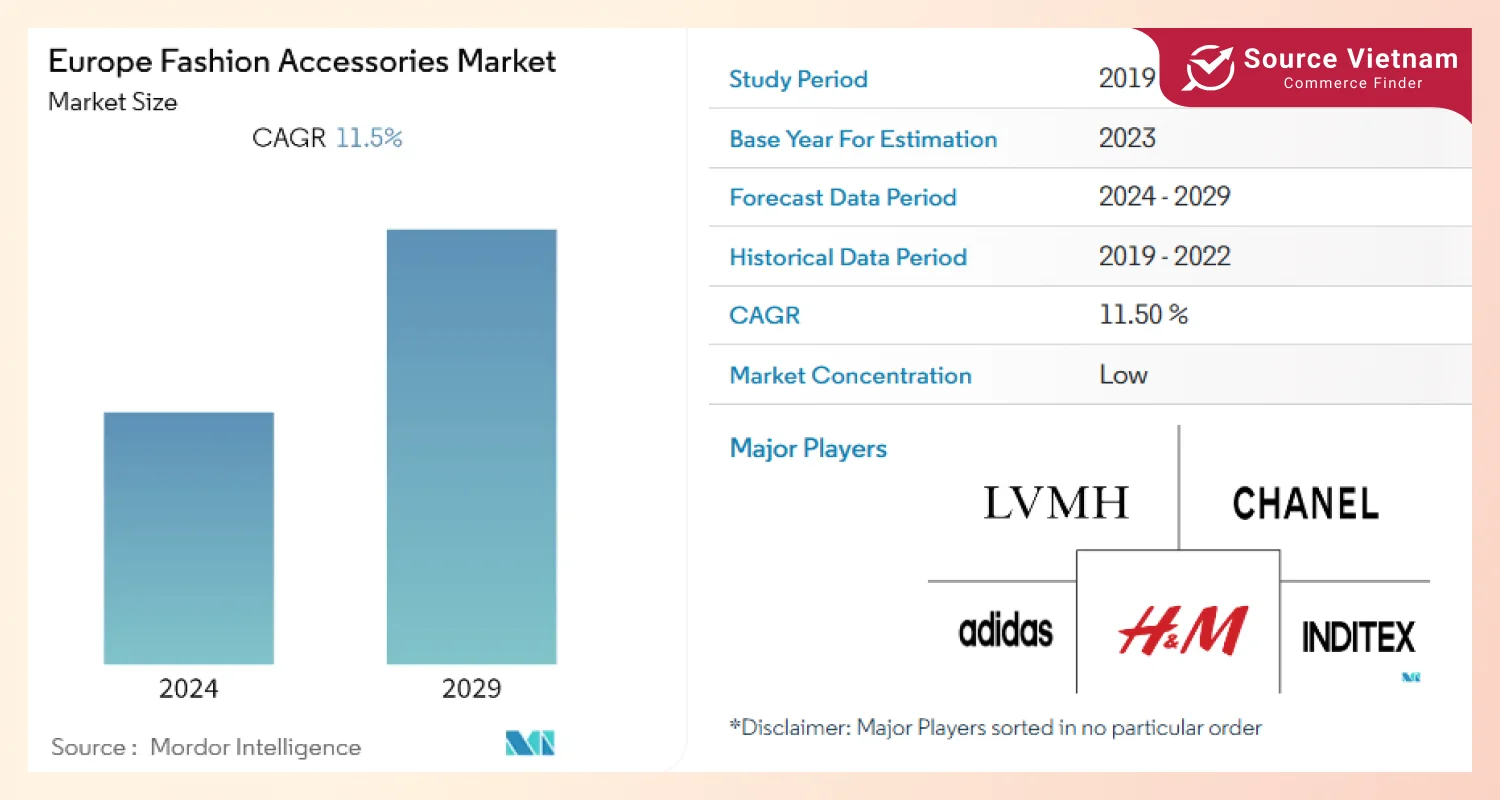
Key drivers of growth
- Eco-fashion trends
The concept of Sustainability is influencing the marketplace. Companies like OGNX, Mandala, and Ambiletics concentrate on sustainable materials such as t-shirts and leggings. In July 2022, fashion brands in Leicester, United Kingdom, united to advocate for ethically responsible production within British fashion. The development in design, material, and fit of apparel also increases the market. Take, for instance, Lululemon, a retailer of activewear based in Canada, who went to Spain in 2022 equipped with a dedicated online store.
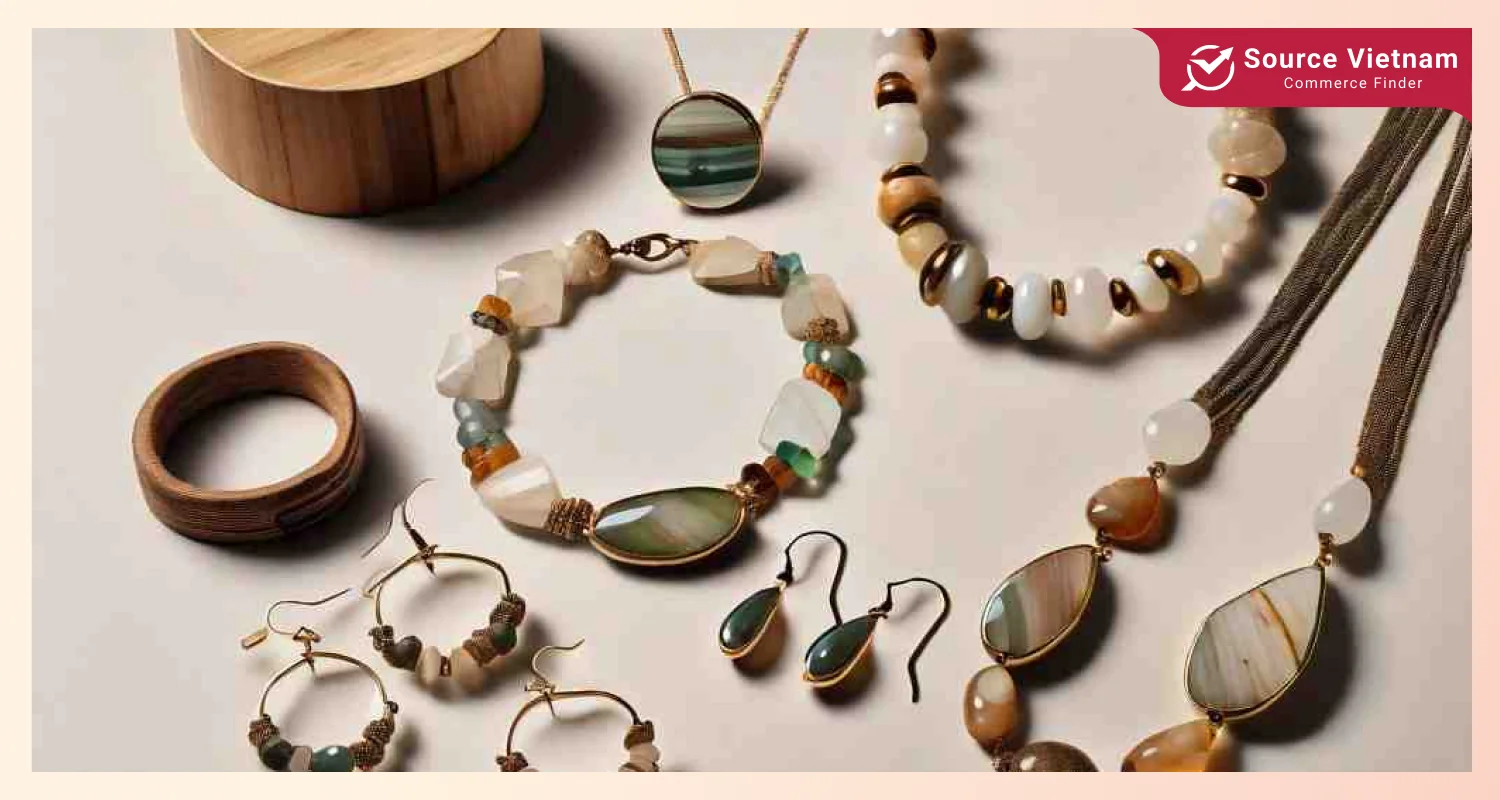
- Innovative designs
Trends influence consumer engagement in color, fabric, and style. For instance, in 2022, Lululemon, the Canadian brand, turned its eyes towards Spain by opening another e-commerce site.
- Rising consumer spending
According to the UK Fashion and Textiles Industry, during the COVID-19 pandemic, the proportion of online retail sales for clothing in Europe reached an all-time high of 31% in 2020. Further sales are supported by increased spending at the household level and greater interest in branded products.
Trends shaping the market
Increased internet exposure
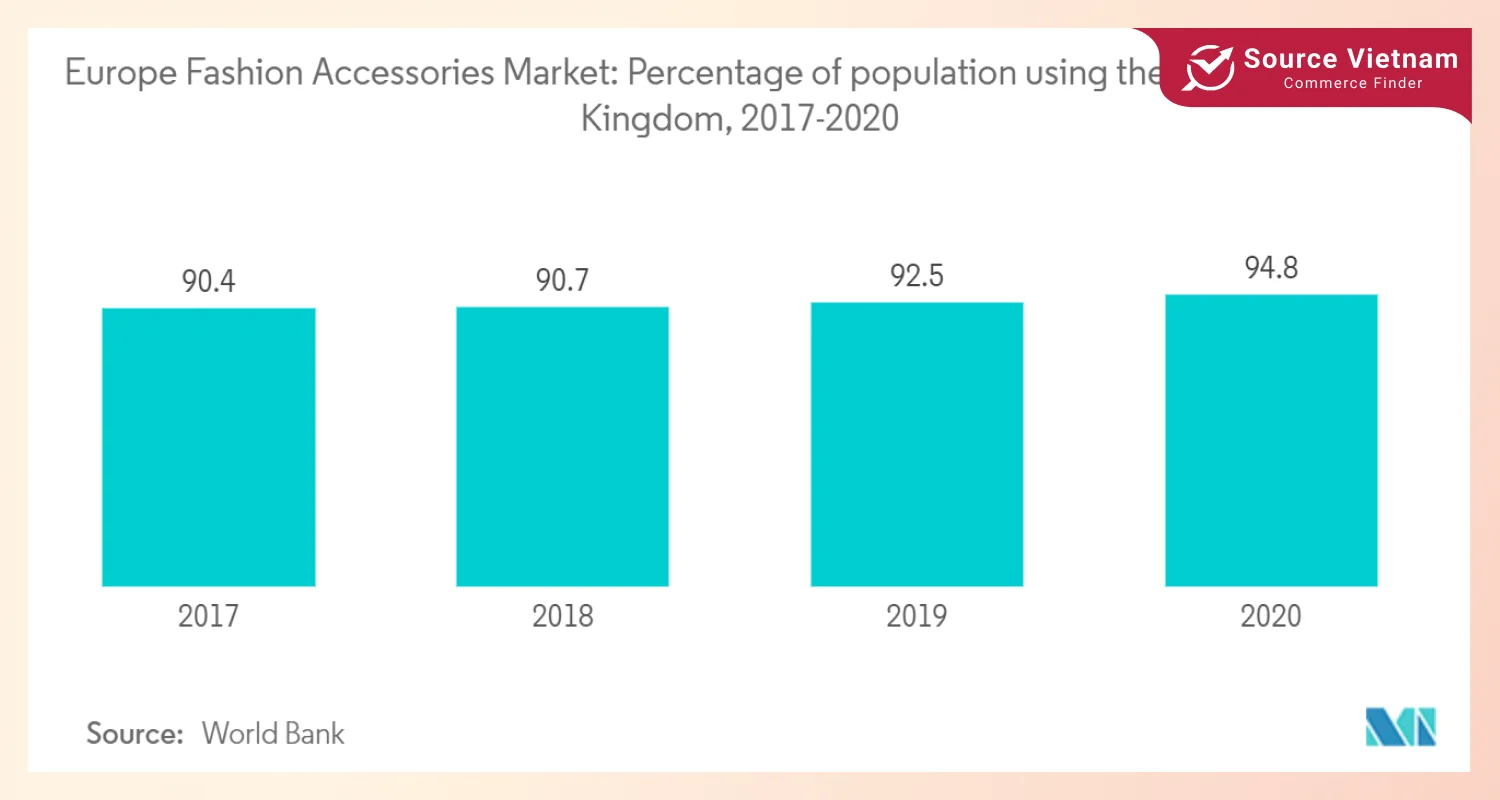
The pandemic accelerated internet usage. In 2020, 46.6 million people in Great Britain used the internet daily, according to the UK Office for National Statistics. This increased screen time has influenced online shopping behaviors.
E-commerce platforms are capitalizing on this trend:
- The Russian marketplace, Ozon, has fashioned its clothing line since 2022.
- The Italian Collection, an eCommerce retailer, showcases more than 12000 categories of products sourced from over 200 brands and specialty goods.
Online buying has gained popularity due to discounts, ease of delivery, and variety.
Premiumization of products
Notable brands are easily accessible in Europe as they are produced locally, which lowers their prices compared to other regions. In Europe, particularly in France and Italy, 90% of luxury goods are produced. People purchase these products because they are expensive and depict social class.
- Deficit income earns more during the quarters moving from Q1 2022 to Q2 2022 in France, rising from EUR 395 396 million to EUR 400,351 million.
- The millennials, who are usually aware of trends, purchase many high-end accessories.
Brands like Daniel Essa have introduced innovative products, such as customizable sneakers with straps featuring Swarovski Crystals.
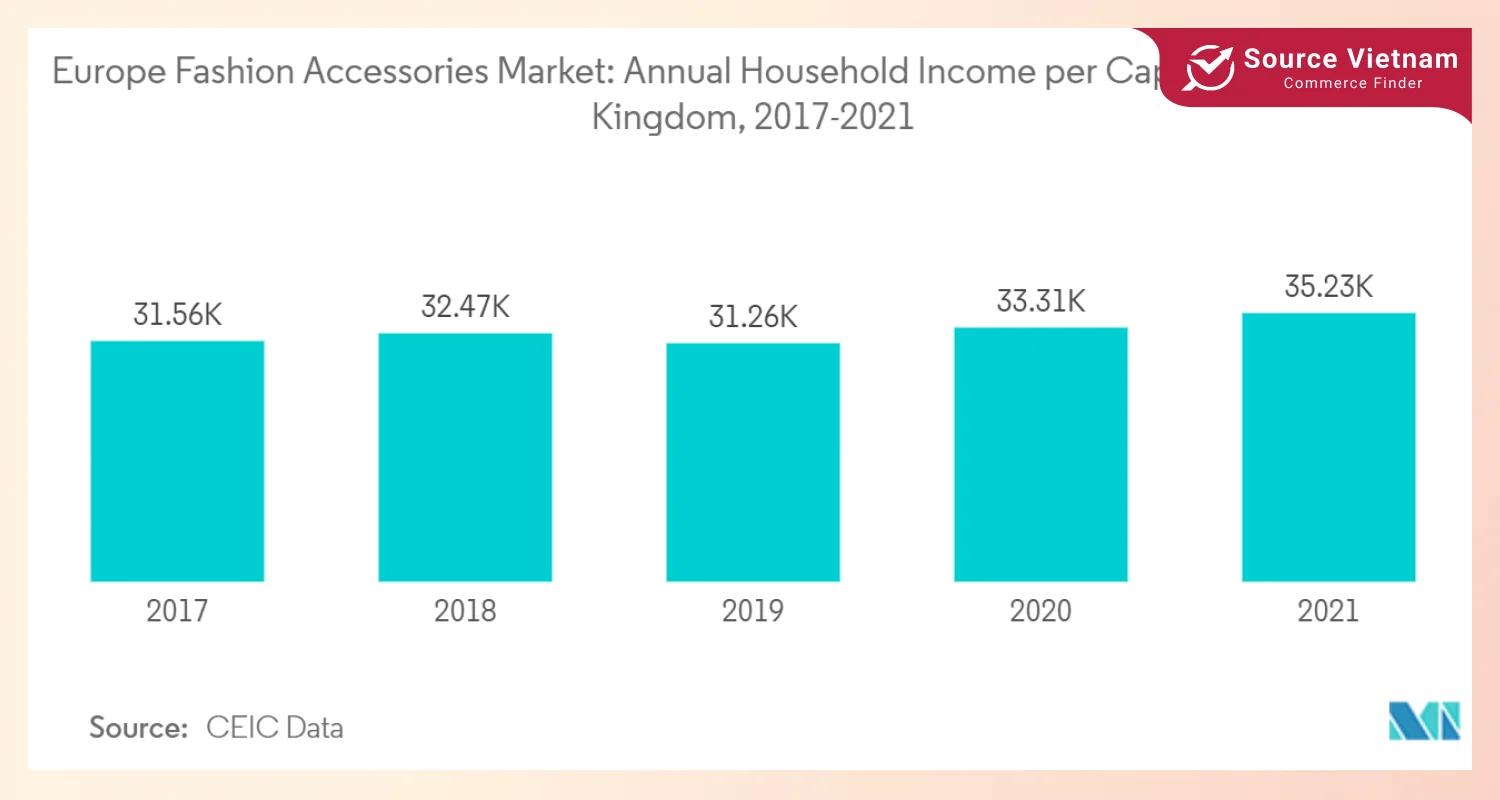
Market segmentation
The European fashion accessories market is divided into the following segments:
- By product type: Footwear, apparel, wallets, handbags, watches, etc.
- By end user: Men, women, children, and unisex.
- By distribution channel: Online and offline.
- By geography: Spain, the UK, Germany, France, Italy, Russia, and the rest of Europe.
Each segment’s size and forecast are calculated in USD million.
Competitive landscape
The European fashion accessories market is fragmented, with leading players like:
- Industria de Diseño Textil, S.A.
- Adidas AG
- LVMH Moet Hennessy Louis Vuitton
- H&M Hennes & Mauritz AB
- Chanel
Such companies also implement strategies to remain competitive in their industry, such as product innovation and expansion. For instance, in the year 2021, Mango allocated funds worth EUR 35 million in logistics in Barcelona to develop new business lines and assist the growth of eCommerce.
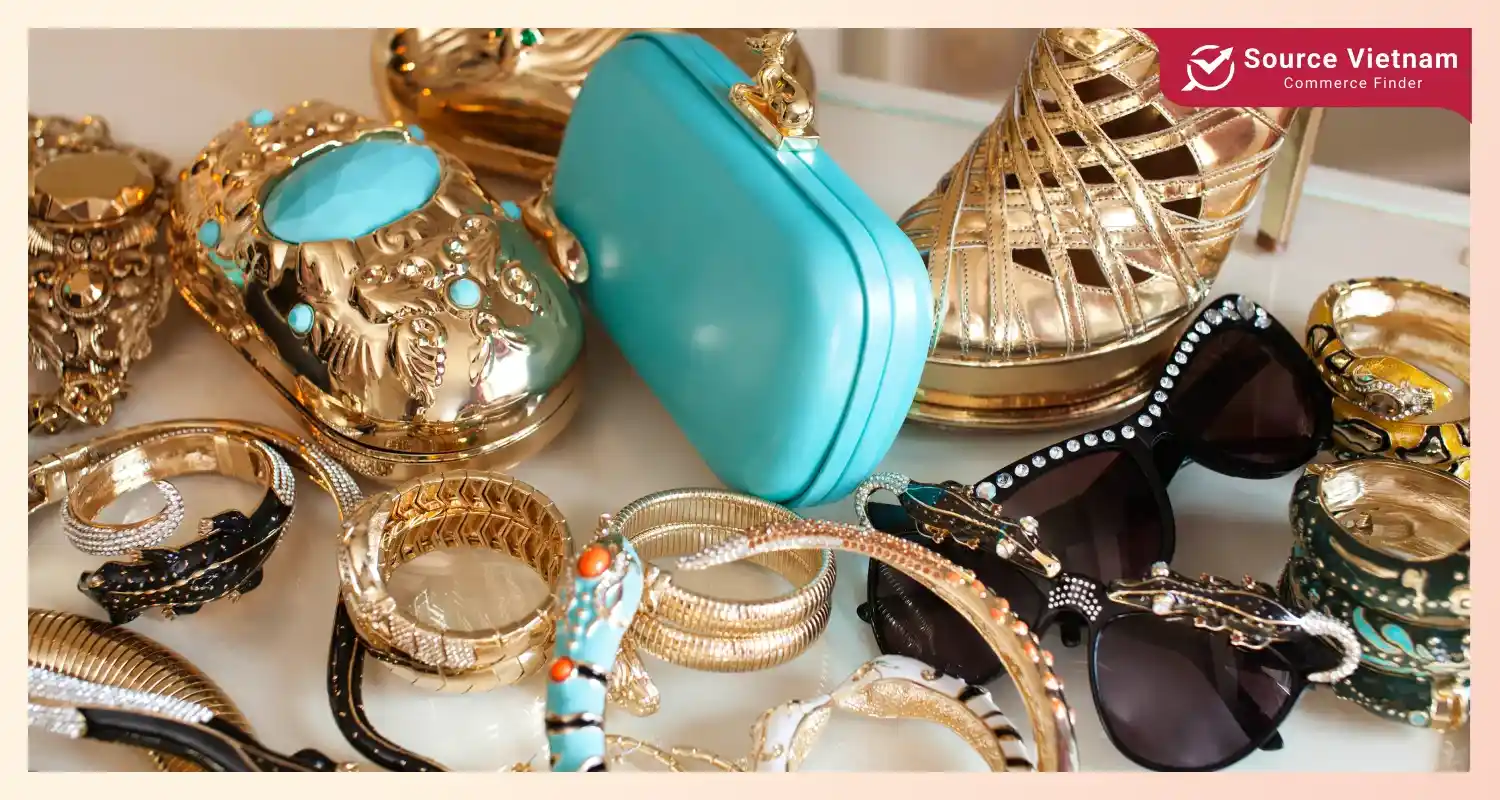
Sustainability initiatives
In order to satisfy the customers and establish a favorable image of the brand, companies are more and more starting to apply eco-friendly materials. In July 2022, Italian eco-friendly vegan shoe brand Solari Milano introduced their new footwear line for men.
Recent developments
- July 2022: The vegan shoe brand Solari Milano introduced a line of men’s shoes based on the Italian style and care for the environment.
- June 2022: Amazon Fashion added new brands to its designer items available in the United Kingdom, Germany, France, Italy, and Spain.
- June 2021: The Spanish online retailer Deporvillage was acquired by JD Sports Fashion.
Conclusion
The market for fashion accessories, I believe, is in transformation with the presence of trends in sustainability, internet exposure, and premiumization. Rising consumer spending, innovative products, and robust platforms are driving growth. With strong support from all the stakeholders in established and developing brands, the market is bound to see aggressive growth in the near future.

